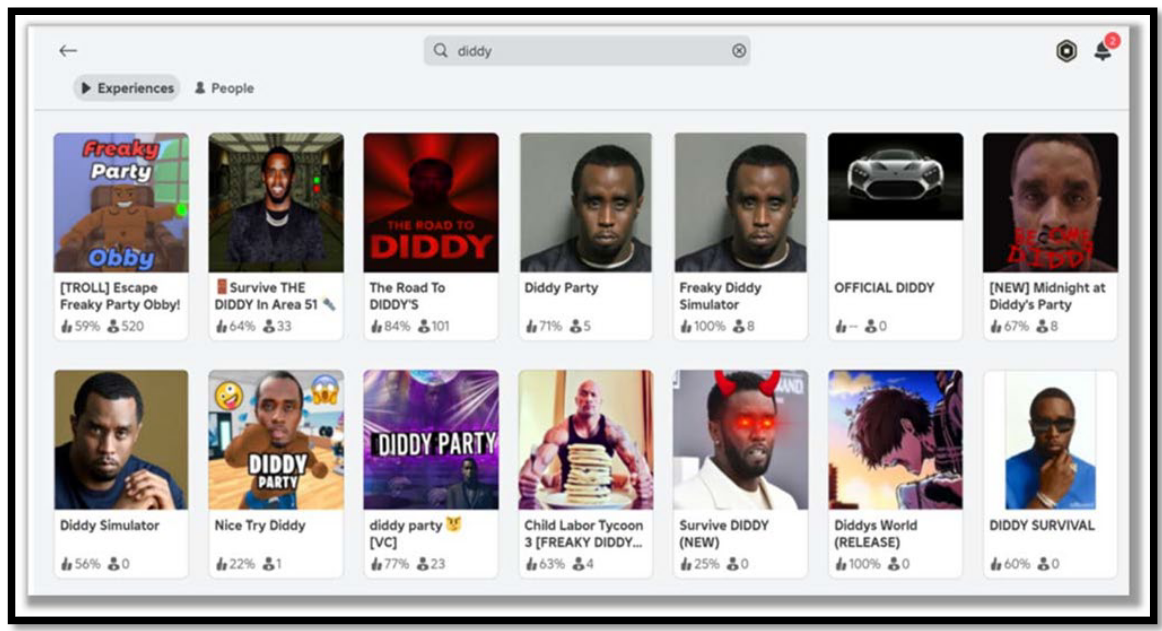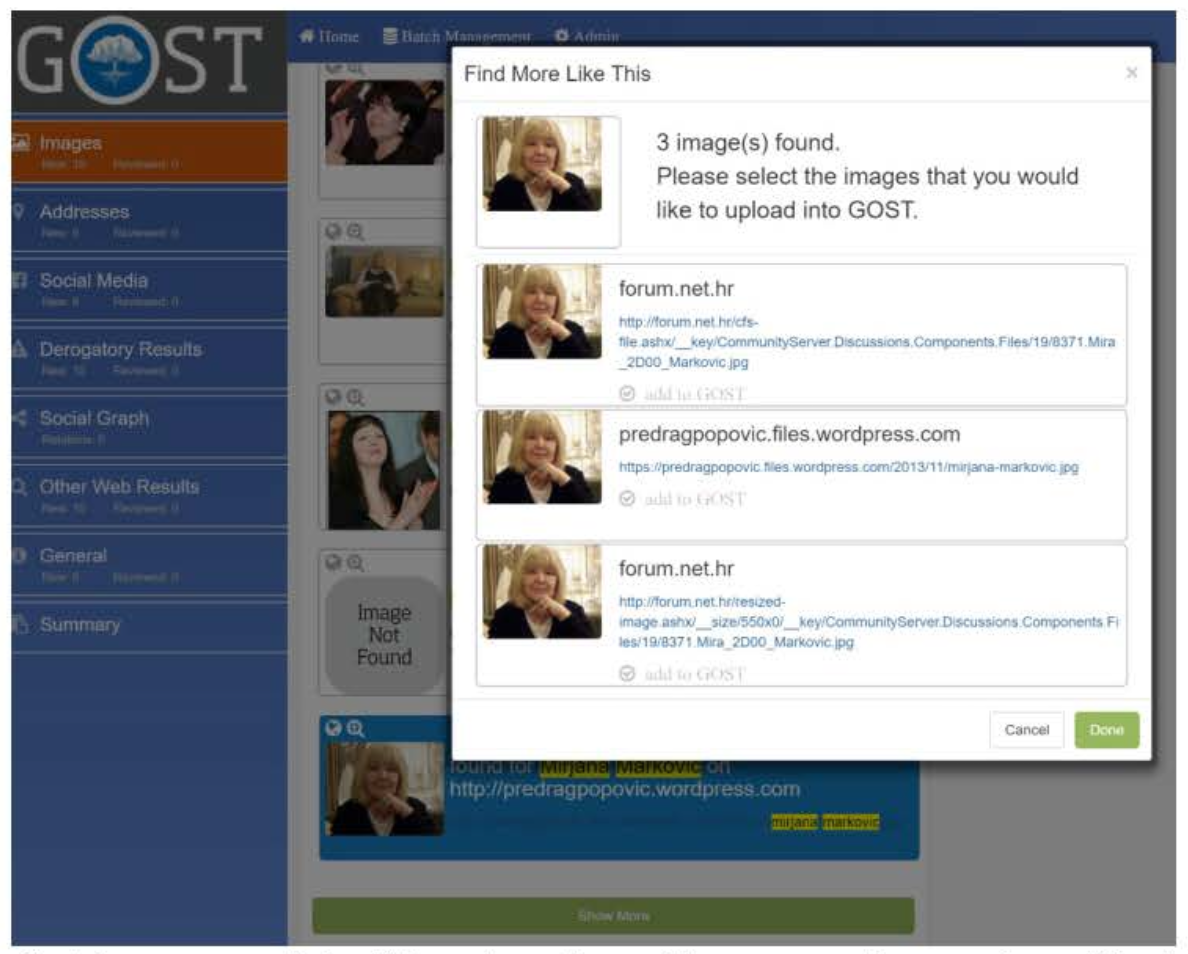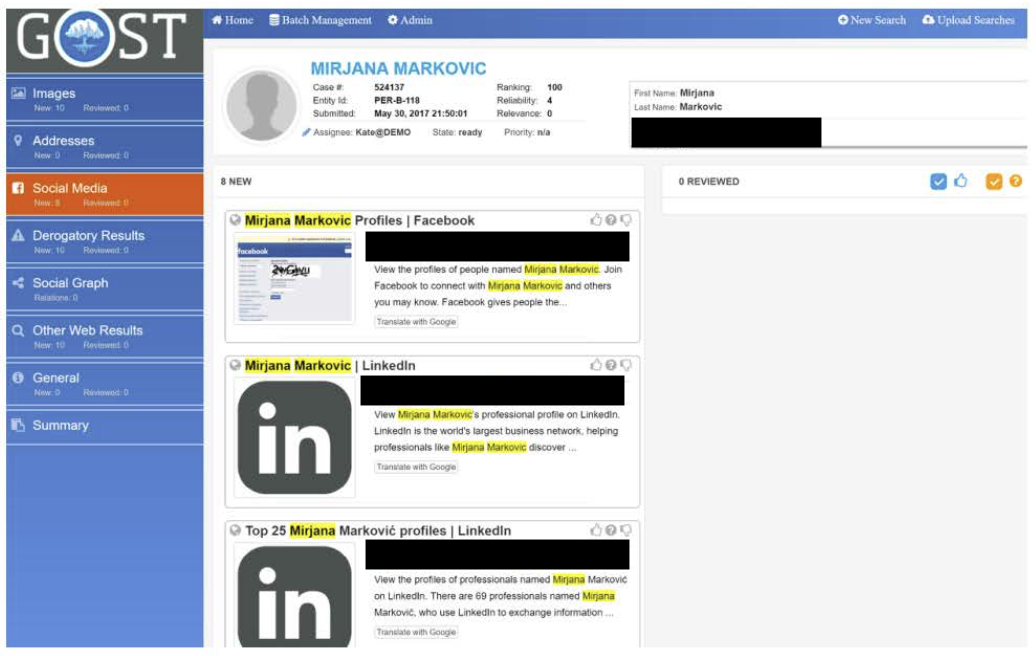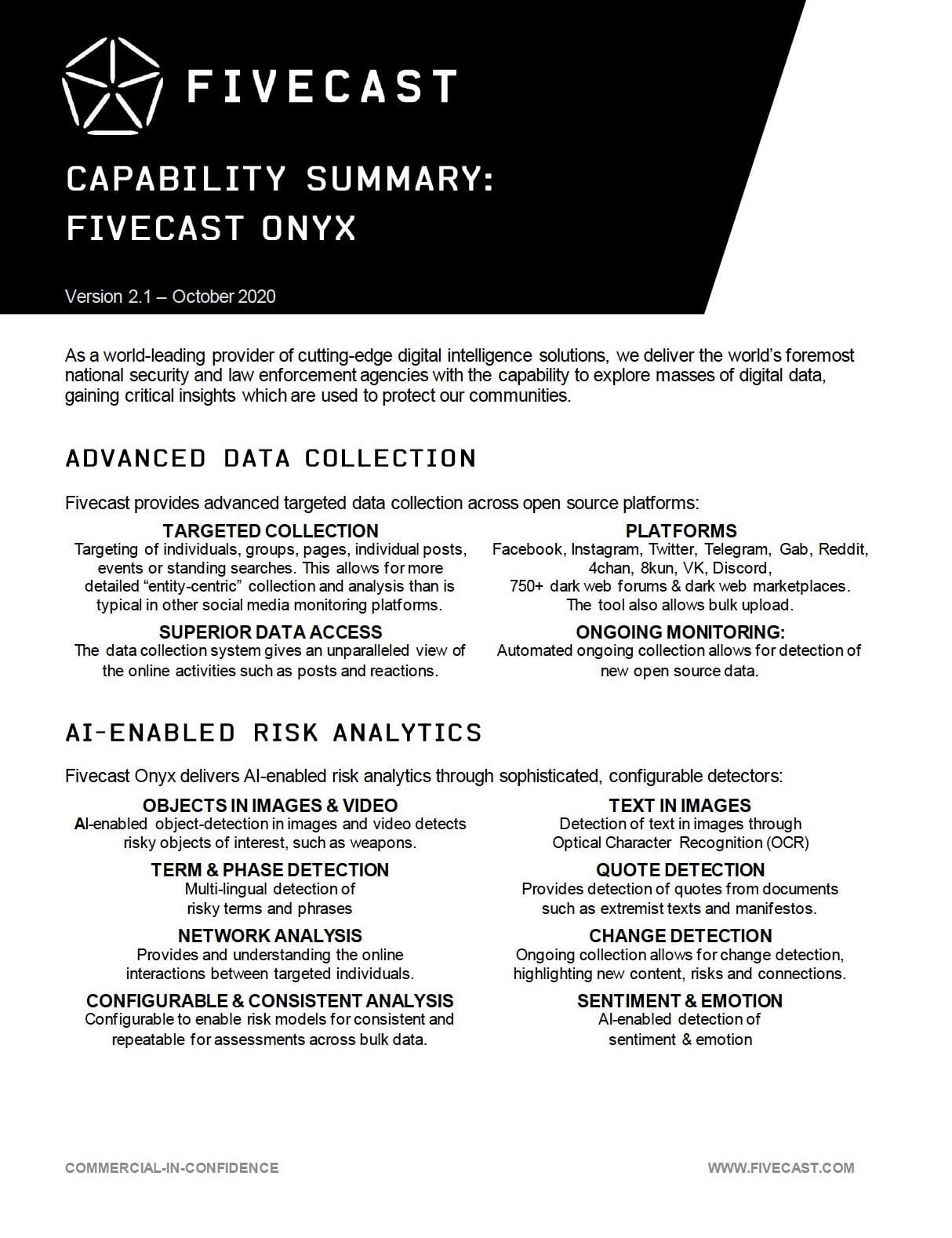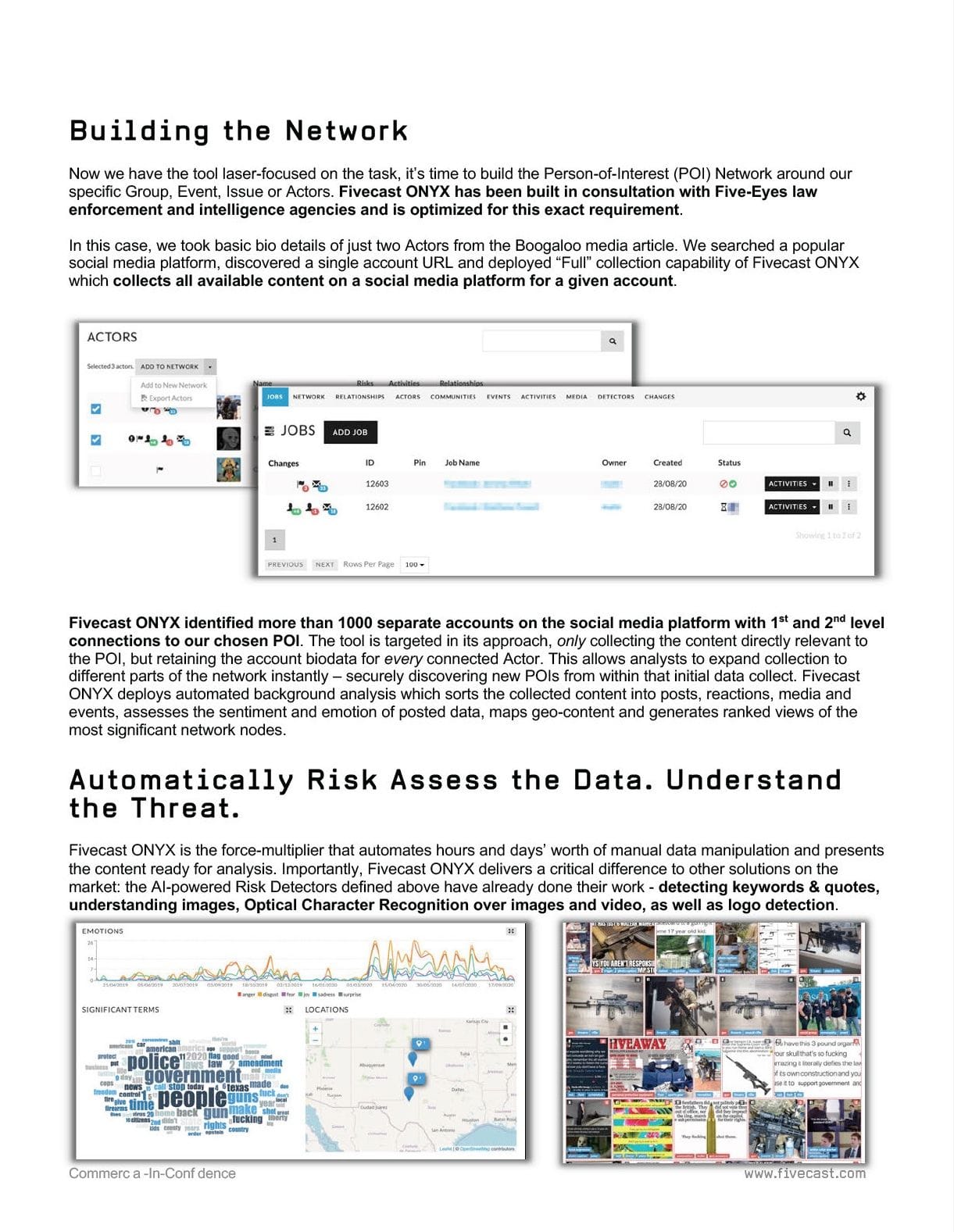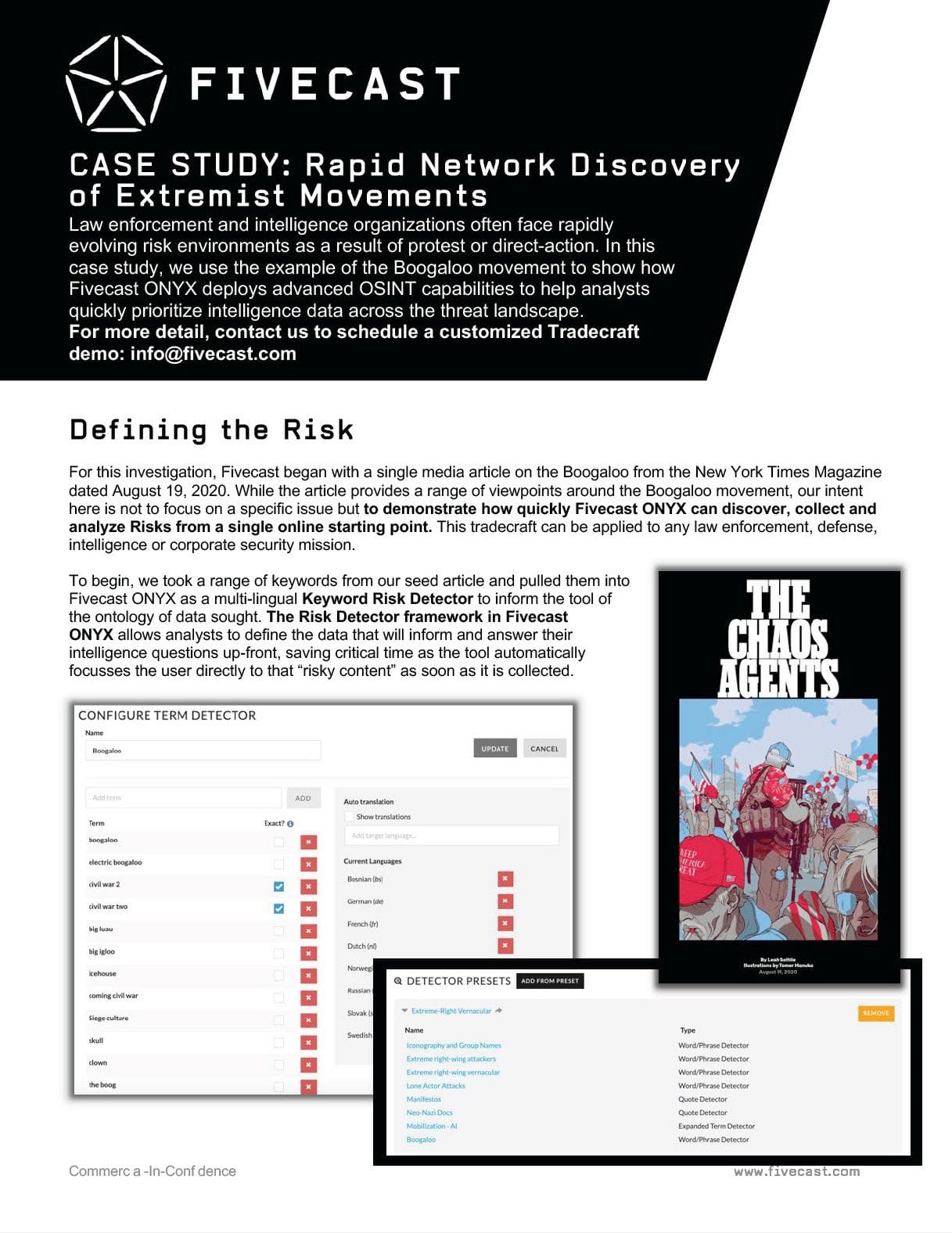
Payment processors are rapidly changing what types of content can and can’t be easily accessed online. Mastercard, Visa, PayPal, Stripe, and other major players that process most of the money people earn on the internet have always had this power, and have long discriminated against sexual content and sex work, but they have been forcing more change recently.
Some of the content they've recently pushed to the margins, like AI image generation models on Civitai that were used to create nonconsensual sexual content of real people, were actively used to cause harm, as 404 Media has reported many times. Other media they’ve asked companies to remove, like exploitative “rape and incest” games on Steam, did not have many defenders, but did not actively harm any specific person.
But last night, when the independent game distribution platform Itch.io suddenly deindexed much of its adult content, creative works that people are ready to passionately defend became collateral damage.
Itch.io, an alternative to Steam that makes it easier for anyone to upload almost any game and charge anything for it, including not charging at all, has become a critical piece of infrastructure in video game development in the past decade. It’s where many aspiring game developers and students get their start and share their work, especially when it doesn’t fit into traditional ideas of what a video game can be. Which is precisely what makes Itch.io, and particularly many of its NSFW games so valuable: they allow small teams and individual creators to push the boundaries of the medium.
We're really hamstringing the future of arts and communication and creating meaningful culture if we adhere to the kind of position that says you can't make games about serious things.
In order to better understand what the impact of Itch.io’s policy changes will have on video games broadly, I called Naomi Clark, a game designer and chair of NYU Game Center, where many students share their first games on Itch.io.
This interview has been condensed and edited for clarity.
404 Media: Where do you think things with Steam and Itch stand right now?
Naomi Clark: It’s been a wild ride. Ever since the news first appeared about Steam removing some games there were glimmers that might herald bigger problems. At first it appeared to only be going after games in some very taboo sexual categories—incest, prison, some slaves and violence and things like that. And I haven't talked to anybody about this issue who is super hardcore about Steam absolutely needing to sell games about incest. That doesn't really seem to be the issue at hand.
The problem is that it wasn't clear what was in these forbidden categories. It's kind of whatever payment processors object to.
I think that's just extremely disturbing for a lot of people. Not because everyone's rushing to defend like a daddy/daughter incest game, number 12 or whatever. But because of the potential for it to be very nebulous and to spread to other categories, or any category that you can convince the CEO of MasterCard is objectionable and that his company should have no business with.
I think that playbook could be replicated in ways that could get really dangerous for LGBTQ communities, especially in this political environment, where anybody can weaponize the opinions of a banker or a payment processor against certain types of content, there are huge swaths of people who are in powerful positions who don't understand what games can potentially be about. Maybe they think like this is all garbage, or it's just for titillation or pure entertainment, no serious topics should be allowed.
I can't think of a more harmful position for the future of a creative form, which is already so, so influential for anybody under the age of 40. We're really hamstringing the future of arts and communication and creating meaningful culture if we adhere to the kind of position that says you can't make games about serious things. You certainly can't make games if there's anything that we wouldn't want a child to see because they want to protect the children.
Itch.io is a huge platform when it comes to accessibility for the maximum number of creators, where anybody can make a game and express themselves and find the audience for something that they've made. Every single student that I teach in the game program at NYU, where we have hundreds of students making games uses itch.io. They all put games on Itch. It’s where young and upcoming creators post games, but it's supported by a small team, and so we saw them trying to respond to this payment processors’ demands. Right now, every game that's flagged by creators or Itch moderators as having sensitive content, which includes games that are not sexual at all, that just have difficult topics, cannot be found by searching on Itch.
Some games, just as on Steam, have been removed for having content that payment processors object to and nobody is totally sure what that list includes right now. So it kind of leaves everybody floundering and a little bit disturbed and scared in the dark, especially people who are trying to build a career or trying to support themselves by expressing themselves with games that not everybody is going to like. When you have people in power who think games are not important and who can be persuaded that some category shouldn't be allowed, then we end up in this really bad, extralegal mess with no accountability or transparency.
What do you think about people who are mad at Itch.io for complying with credit companies’ demands and who are encouraging people to not support them, to not give them any money?
I can understand the anger there, especially yesterday, when the stuff was happening [without an explanation]. I just didn't know what was going on, and was really disturbed. I think that the fuller picture has become a little bit more clear. And I suspect a lot of people don't know exactly how to interpret the official announcement from Itch, but my read of it is that this is a small team. They're not as vast as Valve. They are trying to figure out what to do very quickly, without a lot of the same kind of resources and infrastructure that's in place for Steam, and they had to respond quickly, probably, seemingly to some sort of deadline from the payment processors. Like, ‘remove the stuff or have the relationship terminated.’ Which would be a huge disaster. That would basically make it impossible for anyone without a source of funds to support game development, to really publish a game online. It would leave a gigantic vacuum in the whole creative community. So I think I understand the upset and anger when it wasn't clear what was going on. But now I think I'm a little bit more inclined to agree with people who say Itch is facing annihilation here. You can't expect them to sacrifice the whole platform for adult games within certain categories.
I think some people maybe wanted it to “stand up against the fascists,” which it is not even exactly clear what that means. There are people who are already operating on the assumption that if Itch capitulates to this demand from Visa, MasterCard, and whoever else, that it's going to mean that they're also going to throw LGBTQ creators under the bus eventually, and have those games completely removed from their site. I'm hopeful that's not true. I really think that the first line of defending this creative industry has to be in the hands of people that are running platforms, and those are big businesses, and they have to sort of figure out how they negotiate with the even larger multinational financial corporations that they're beholden to.
I get why people are mad at Itch. They seem to be trying to create a path forward for people that are making various types of adult content and maybe allowing other types of payment processors, or not having games that fall into some categories. So we'll see how they do. It would be a heroic feat if they managed to get through it.
It seems to me that the payment processors don’t really want to negotiate.
That's my assumption of why Valve and Itch are trying to avert the apocalyptic scenario where they do get cut off from payment processing. I assume that’s why the Itch team kind of leaped to these very hasty and disturbing moves to make all these things unsearchable, and to show they're complying immediately with these orders.
When I say negotiating, I don't mean trying to get Visa or MasterCard to change their mind. It's more like, ‘Hey, let us show you, yes, we are in compliance with everything that you're saying.’ I don't think there's too much choice there, but I think maybe they are not fully considering there's a fair amount of latitude in how platforms show that they're complying. One approach would be a scorched earth approach, to completely annihilate all mature rated games from the website forever. And that would probably work and that would have horrendous costs for the business in other ways, because nobody would trust them anymore. I think people who play video games are still sensitive in a multi-generational way to the threat of censorship coming down and taking away games that have any amount of sex or violence or serious content in them.
The platforms have to find some way of threading this needle. They can't go all the way to one extreme. I don’t think they can reject the request outright. They have to figure out how far to go. Valve is somewhat experienced in this. It's noteworthy that Valve did not take an incredibly scorched earth approach. They got rid of hundreds of games, not thousands, and they are games that I haven't seen a lot of people rushing to defend.
I've seen some of the types of content that Itch removed completely from the site and I do not understand exactly what the logic is there. It seems to be some kind of intersection between violence and and sexual situations. There are a lot of visual novels, or even just straight up text novels that are about, I don't know, like two queer girls in giant mechs fighting each other, like very anime, and then they start to make out or have sex or something. It’s not clear why something like that would be removed.
Can you talk about some of the games on Itch that are affected by this? I think people know about Steam sex games, and people know that violence and sex can be parts of mainstream games, but there’s a different type of game that’s more common on Itch that’s impacted by this policy that I think a lot of people don’t know exists.
For the past 15 to 20 years we've been in a period in games where there's been a massive explosion in what kinds of games can be made. And it's not really just about technology. It's about accessibility of tools, how quickly games can be made, how many people it takes to make a game, and it's just become much easier. It's sort of similar to the advent of home movie cameras. Suddenly, all sorts of people can make little films or document their everyday life, and we're in a period like that with games. We're seeing way more games that actually reflect people's lived experience. Some of the games that have been caught up in the last day’s changes on Itch are games that up-and-coming creators have made about their own experiences in abusive relationships, or dealing with trauma, or coming out of the closet and finding their first romance as an LGBTQ person. I think most notably, my own student,
Jenny Jiao Hsia, who won a bunch of awards at the Independent Games Festival this year for her game Consume Me. That is an autobiographical story about when she was a teenager struggling with eating disorders and her own relationship with her body, and she had it marked as sensitive content. I was one of the advisors on that project and I agree it’s sensitive content because there's some disturbing, difficult, teenage-girl-dealing-with-their-body stuff in there. It's the game equivalent of a Judy Blume novel, but it expresses that autobiographical truth in a very, very different way, a 21st Century way, rather than the 20th century way.
Judy Blume books were also subject to censorship in school libraries because they were about sexual topics and I think that this is a similar moment for games. What Consume Me does that a Judy Blume novel doesn't do is it sort of puts you very much inside of the mind of the main character, how she kind of systematizes food and starts thinking about it like a game that she has to win, how she sort of tricks herself into trying to over perform. This is something that no other medium could do.
Robert Yang uses a lot of the language of video games, but his pieces are often kind of interactive art experience where they don't resemble a traditional game in terms of trying to win or lose or get a score or complete a story experience. They kind of refer to and riff off of a lot of the language of games. I would probably compare them more to the work of a photographer like Robert Mapplethorpe, who was also subject to a lot of censorship in the 20th century because of the way that he was portraying the nude male form. Robert Yang is doing similar stuff and exploring the portrayal of male bodies and what that means in the age of the internet, in the way that bodies are now also 3D models, and then kind of also reflecting on queer history.
These games are very, very clearly artistic expressions, and they're caught up in this thing. They're delisted from search right now because they're clearly adult games, but they're meant for adults, who have a right to understand them and play them as art objects. I've seen over and over again that people who take this topic seriously, they play some games, or they experience something, and they kind of wake up and they're like, ‘Oh, wow. I didn't realize games could do all of this.’
I work in a larger art school where there are people who teach dance and music and film, and I get to see this happen a lot with people who have never played games, but who are artists, and they get it right away. But I think a lot of society has not reached that point yet. They don't understand that games can do all of this stuff. I'm hopeful that continued coverage and good criticism of games in all sorts of outlets shifts the conversation, but it's kind of a generational change, so maybe a while before everybody gets it.





















